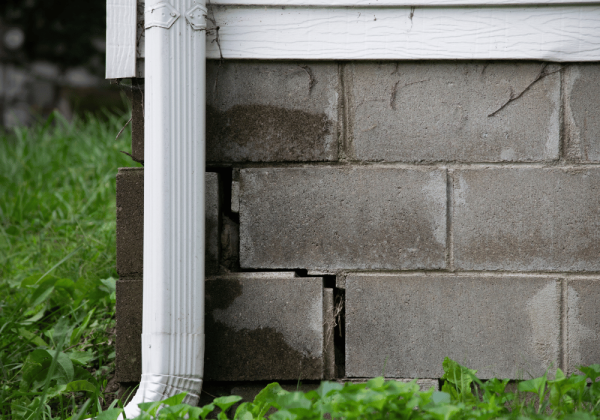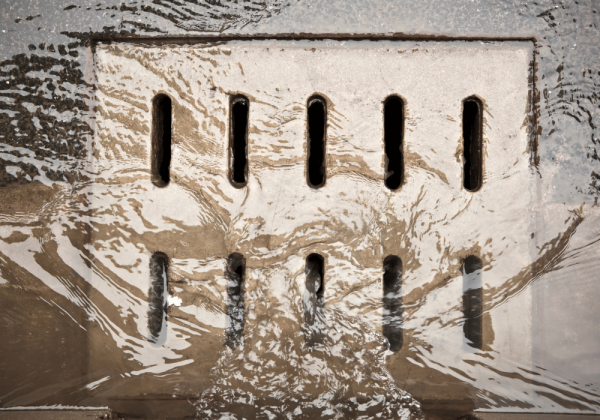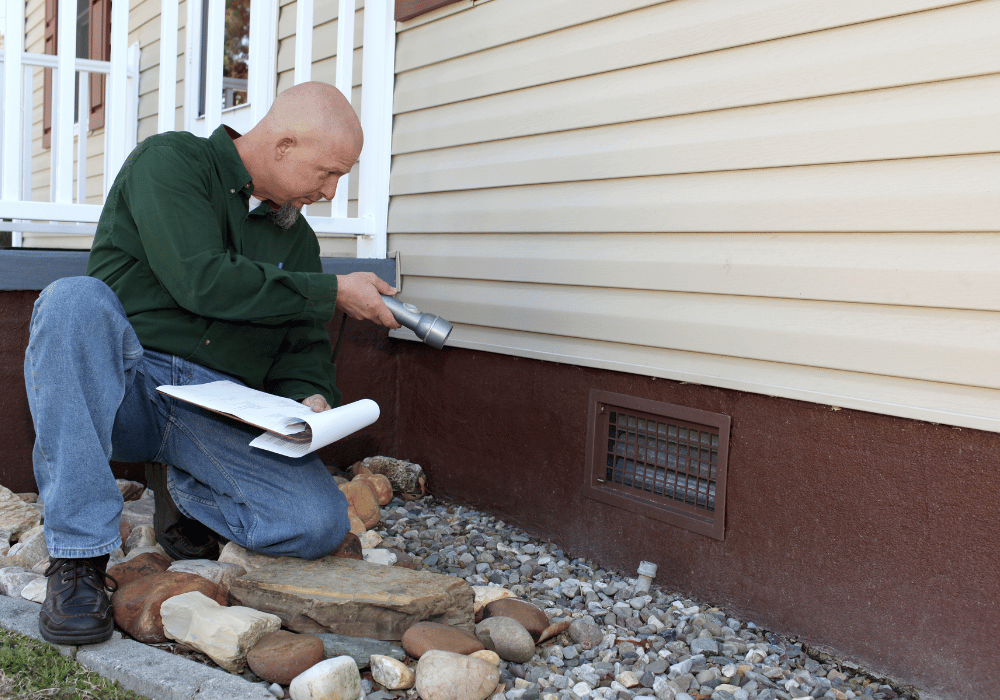Seasonal changes can significantly affect the health of your home’s foundation and footings. The transition from winter to spring, in particular, is a critical time to assess the structural integrity of your property. With snowmelt and heavy rains increasing moisture levels, your foundation is put to the test. If unnoticed issues are left unchecked, they can lead to costly repairs or even compromise the safety of your home.
This blog explores why spring is the ideal season to inspect your foundation and footings. We’ll guide you through what common issues to look for, offer simple DIY inspection steps, and help you determine when it’s time to call in the pros. By the end of this post, you’ll know how to protect your home from long-term damage and take proactive measures to maintain a healthy foundation.
 Why Spring Is the Ideal Time for Inspections
Why Spring Is the Ideal Time for Inspections
Spring’s arrival marks an essential period for inspecting your home’s foundation and footings. After months of freezing temperatures, melting snow, and fluctuating moisture levels, your foundation undergoes significant stress. Here’s why spring is the best season to catch potential issues early:
- Melting Snow Reveals Damage
Winter snow and ice can place pressure on your foundation and footings, and as snow melts, it can saturate the surrounding soil. This moisture surge may cause cracks or shifts in your foundation that weren’t visible during the winter months.
- Spring Showers Test Your Drainage
Heavy spring rains test your home’s drainage systems. Leaks or pooling water might indicate foundational issues that need attention. Spring helps you identify water-entry points and drainage concerns before they worsen.
- Ideal Weather Conditions
Spring’s milder weather allows for easier and quicker inspection opportunities. Cold, icy winters and the scorching summer heat can make inspections challenging, but spring offers a temperate window for diagnosing damage and beginning repairs if necessary.
Common Foundation Issues to Watch For
During your inspection, keep an eye out for these common foundation and footing problems that could hint at deeper concerns in your home’s structure.
Cracks in the Foundation
Not all cracks are alarming, but knowing what type of crack you’re dealing with is key.
- Hairline Cracks are often due to normal settling and are not typically a cause for concern.
- Horizontal Cracks may indicate pressure from soil, water, or structural instability, and they require immediate attention.
Water Damage
Signs of water damage include damp spots or discolouration on basement walls, along with mold or mildew growth. Persistent leaks not only compromise your foundation but can also affect indoor air quality.
Uneven Floors
If your floors are starting to slope or feel uneven, this could point to foundation settlement or a shifting footing. Over time, this issue can worsen and make your home structurally unsafe.
Sticking Doors and Windows
If doors and windows that once opened smoothly are now sticking or misaligned, it may signal foundational movement.
DIY Inspection Steps for Homeowners
While a professional inspection is often necessary for serious concerns, you can start with these simple DIY steps for a basic assessment of your foundation and footings.
1. Walk the Perimeter
Visually inspect the outside of your home for visible cracks in the foundation, excessive pooling of water, or soil erosion near footings.
2. Inspect the Basement
Inside the basement or crawl space, check for:
– Cracks in concrete walls or floors
– Water stains, odours, or dampness
– Gaps where the foundation meets floors or walls
1. Test for Shifts
Use a carpenter’s level to check for sloping floors inside your home. Examine doors and windows to spot signs of misalignment.
2. Note Seasonal Changes
If last spring’s water damage or cracking has worsened, take photos to track the progression over time.
3. Review Drainage Systems
Inspect your gutters, downspouts, and exterior drainage to ensure water is being directed safely away from the foundation.
When to Call a Professional Inspector
Some issues require the expertise and tools that only professional inspectors can provide. Here are some tell-tale signs that it’s time to call a pro:
- Horizontal or Widening Cracks: These can indicate serious structural pressure requiring immediate evaluation.
- Persistent Water Leaks or Flooding: A professional can identify the source of water intrusion and suggest effective solutions.
- Bulging Walls: This may mean your foundation is bowing due to external forces, which needs attention from structural experts immediately.
- Rapidly Worsening Damage: If cracks, leaks, or shifts in your foundation seem to worsen within weeks or months, don’t delay in seeking professional help.
Hiring a licensed inspector ensures you get a comprehensive evaluation and expert recommendations tailored to your home’s unique issues.
Proactive Steps to Prevent Future Damage
Stopping foundation damage before it begins should be a priority for every homeowner. Here are preventative measures you can implement to protect your investment.
 Manage Water Drainage
Manage Water Drainage
- Keep gutters and downspouts clear of debris to ensure proper water flow.
- Extend downspouts at least 10 feet away from your home to prevent water pooling near the foundation.
Control Landscaping
- Avoid planting large trees or shrubs too close to your foundation, as their roots can cause soil shifts and structural problems.
- Make sure the soil slopes away from your home to direct water runoff.
Seasonal Maintenance
- Conduct inspections every spring for cracks, moisture, or drainage issues.
- Apply waterproof sealant to foundation walls to help reduce moisture penetration.
Monitor for Soil Movement
- If your area is prone to soil erosion or expansive soils, consider working with experts to stabilize the soil around your foundation.
Your home’s foundation is its most crucial structural element, and regular inspections are essential to maintaining its integrity. Spring provides an opportunity to catch potential problems early, when weather conditions are ideal and seasonal changes make damage easier to spot. Take the time to inspect your foundation for cracks, water damage, or other issues that may have developed over winter. While DIY inspections are a great starting point, don’t hesitate to call a professional for advanced diagnostics and peace of mind. By addressing concerns promptly and taking preventative measures, you can extend the life of your foundation and protect your home for years to come.
Want professional advice tailored to your home? Contact our foundation inspection experts today to schedule your spring checkup.

